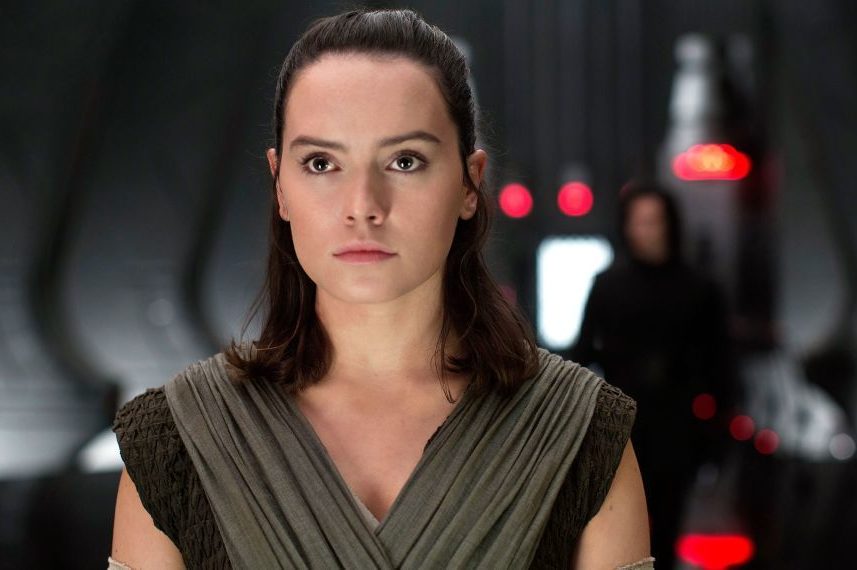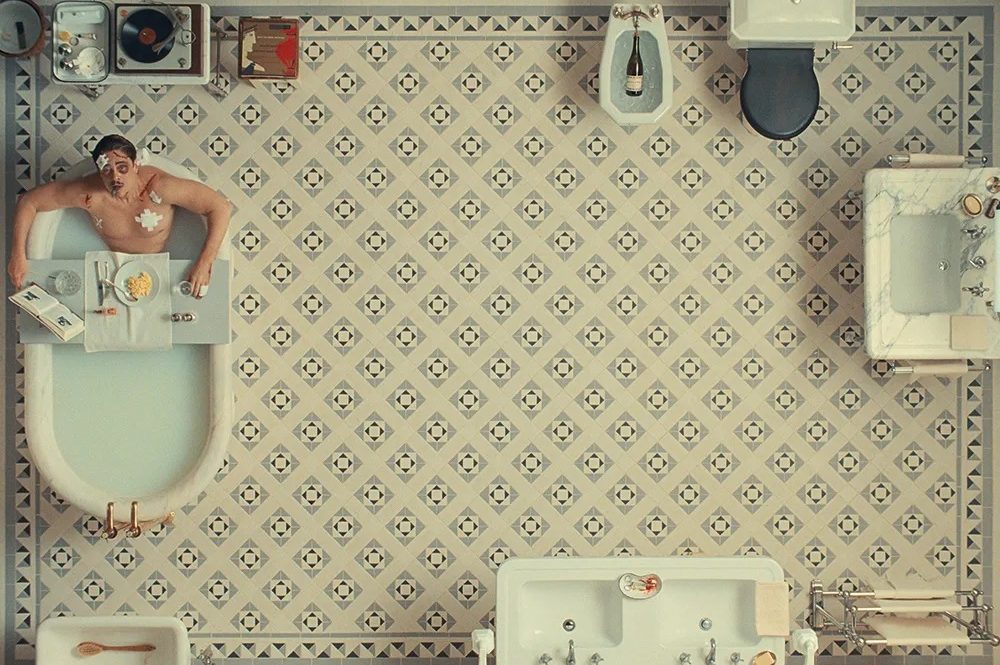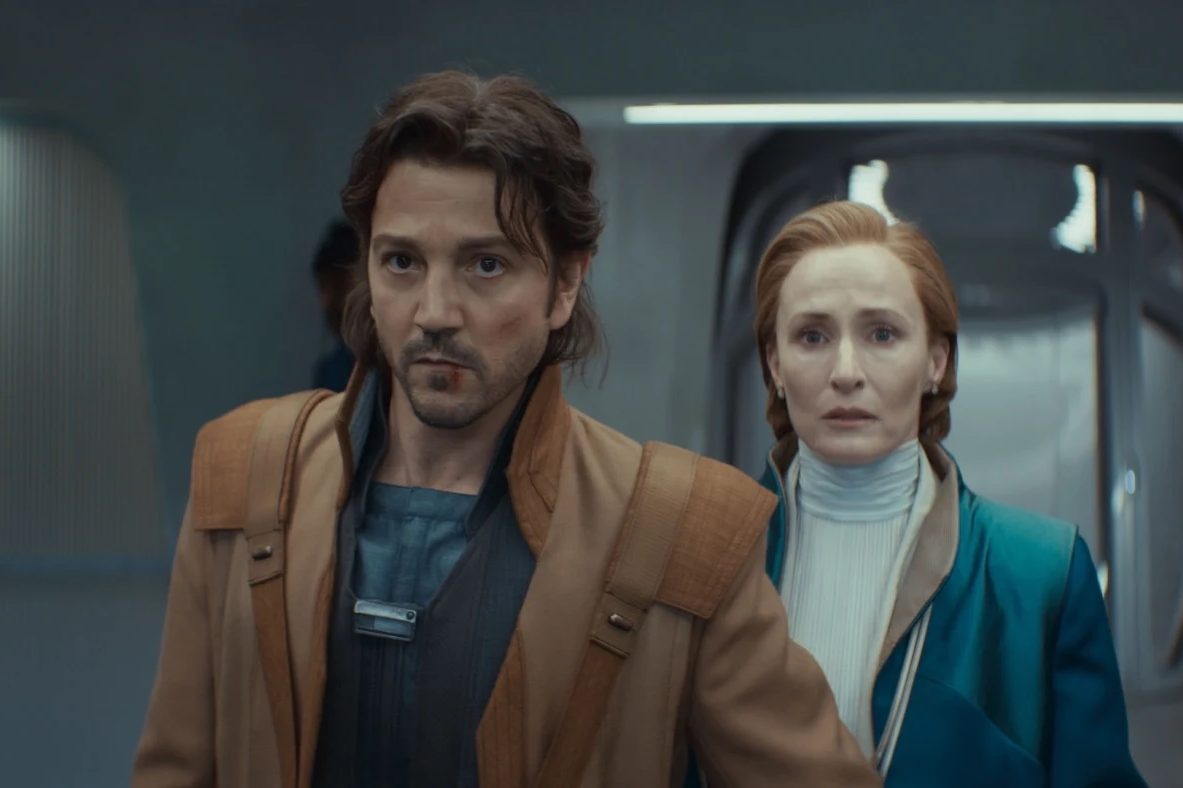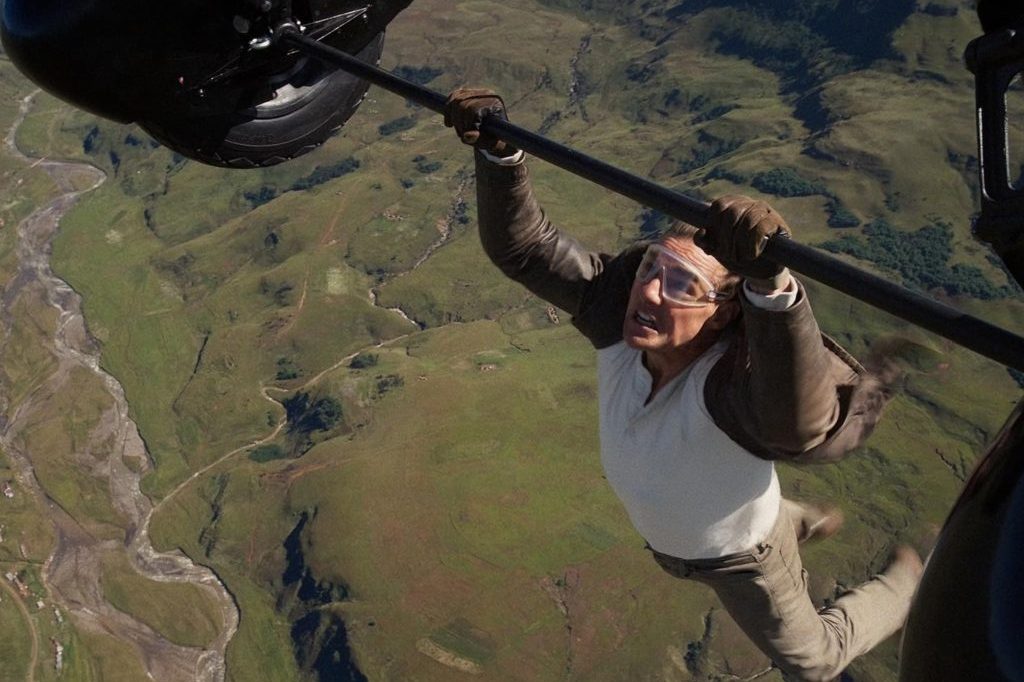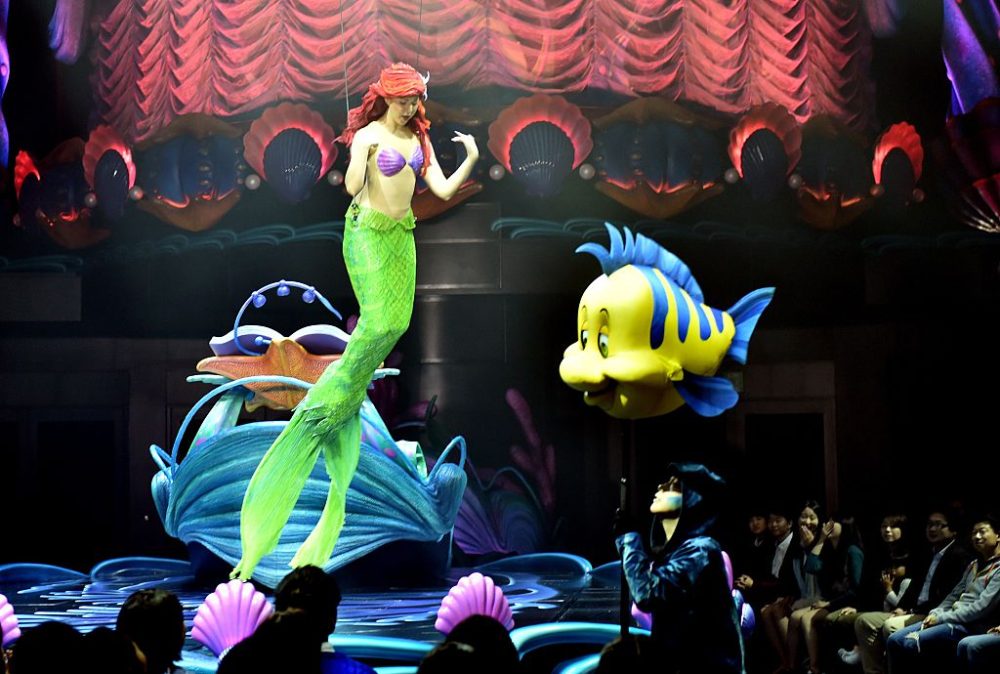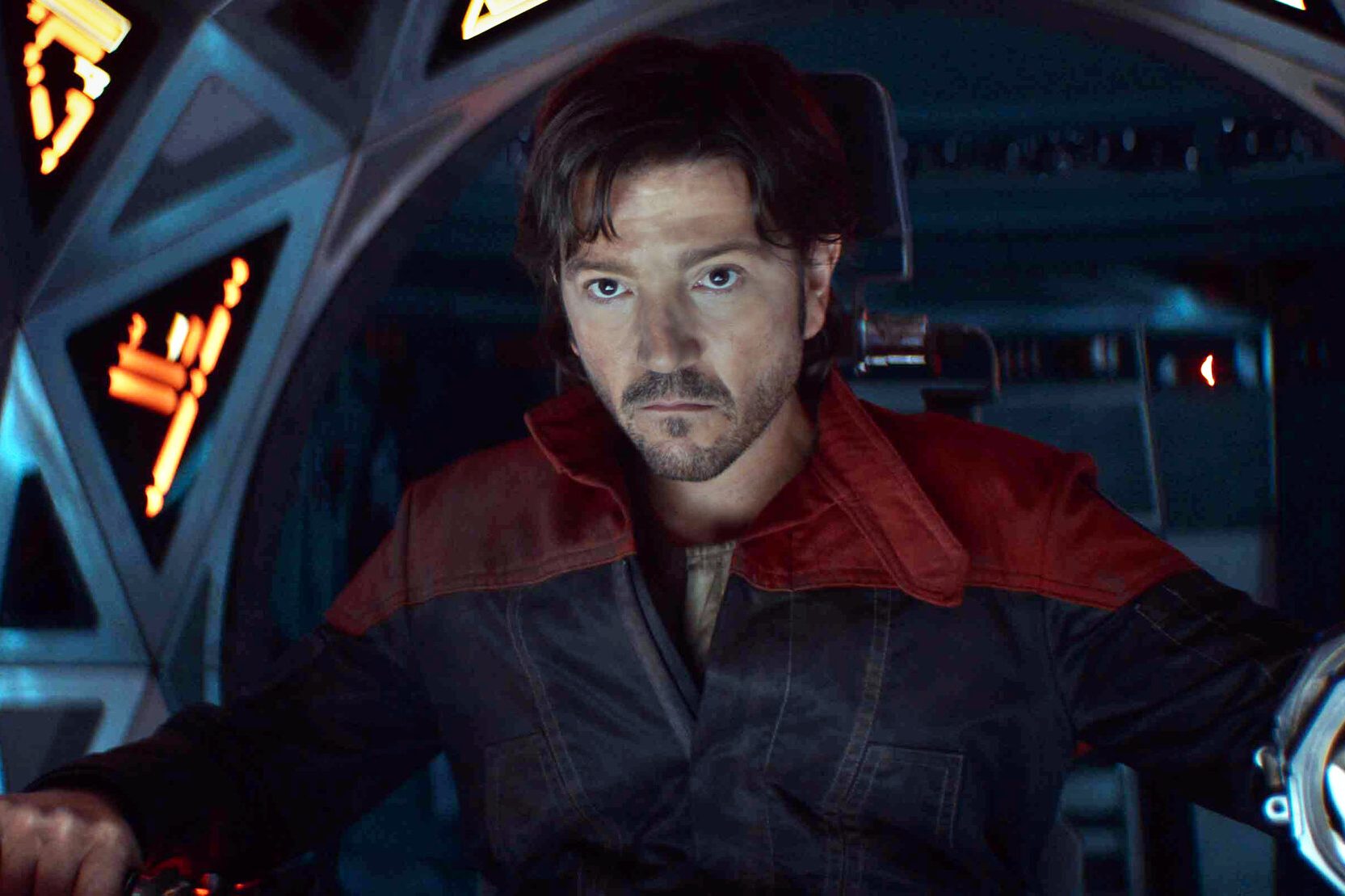Only in retrospect does 1999 appear to be the last imaginative year of mainstream American cinema. From Cruel Intentions to Being John Malkovich, American Beauty to American Pie, The Sixth Sense to Eyes Wide Shut, Election to Magnolia, and Fight Club to The Matrix, it was, as Esquire magazine put it, ‘the last great year in movies.’
In the year 2039, if anybody is able to tear themselves away from insect burgers and the lurid projections of VR pleasuredomes long enough to reflect on the movies of 2019, what will they have to rhapsodize about?
They will look back and see a cultural landscape monopolized by one company: Disney. Most of the highest grossing movies this year – Avengers: Endgame, The Lion King, Captain Marvel, Toy Story 4, Spider Man: Far From Home, Aladdin – are Disney productions. The rest of the top 50 might not be Disney made but they are Disney-like: sequels, remakes, franchise extensions, products shaped from existing intellectual properties. In genre terms this is the narrowest range of movies ever to grip the box office. The author and critic Mark Harris notes that Disney is dominating the box office by a greater percentage than any studio in the history of movies:
‘Disney in other words, is the current business model…studio heads always used to say of their tentpoles and franchises that their profits financed smaller-scale gambles, risks and originals. Disney is the first studio to drop that pretense. It is the sum of its brands, and its brands finance its brands.’
Disney may not have invented the franchise or the superhero, but it has brought them to a near-faultless pitch of commercial mastery. In November, Disney+, their new streaming service, will begin serving up yet more genre esoterica; five shows based on minor Marvel superheroes, more Star Wars serials and a return to the High School Musical franchise. Other television services are scrambling to compete. HBO (for serious adults only) has more Westworld and a Game of Thrones spin-off on the way, as well as a sequel to the fabled superhero comic Watchmen to come. Amazon Studios probably doesn’t pay tax in the jurisdiction you live in, but they are plowing a billion dollars into a Lord of The Rings series.
The average adult today consumes five times more information than their counterparts 50 years ago, and spends as much as 12 hours a day in front of various screens. Perhaps in such an environment the most moral complexity people can endure in their entertainment is whether or not Spider-Man is justified in using a secret identity. The studios certainly think that, and as long as they keep making bank they will be right, at least commercially.
Today Hollywood’s undoubted creative power is spent updating and reimagining stories that are decades old. Like medieval monks endlessly toiling over classical manuscripts, they’ve added little to these stories aside from fancy marginalia. The sense of stasis that results is proof an imagination recession. Of course, there are probably millions of 38-year-old men, with their cookie-cutter apartment shelves lined with collectible dolls, who await, with epic rapture, the next Wonder Woman movie. They feel as if they are living in an unprecedented cultural paradise. For the rest of us there is the British painter David Hockney’s judgement: ‘most fields of art and culture seem to be stuck somehow.’ Even the most anticipated novel of the fall is a sequel.
In film it is Disney that’s most responsible for driving the culture into a ditch. On a creative level it has been gruesomely disenchanting to watch them harvest audiences’ nostalgia for pictures that are barely a few decades old. Most instructive of all is the way the studio has handled Star Wars, the franchise they took control of when they bought Lucasfilm in 2012. The original Star Wars trilogy, despite being set in a fictional galaxy filled with camp robots, is about as pure a piece of Americana the 20th century produced, as Camille Paglia shows in her appraisal of series creator George Lucas. ‘No one’ argues a persuasive Paglia, ‘closed the gap between art and technology more successfully than George Lucas.’
In the last seven years Disney has released four Star Wars movies, each worse than the last. Incredibly, their creative teams have managed to make movies that are slavishly imitative of Lucas’s originals, as well as alienatingly different from them. The audience response to Disney’s The Last Jedi in 2017 was as rancorous as anything seen in the political world in the last few years. On the aggregate review site Rotten Tomatoes, fans, in their thousands, deemed The Last Jedi the worst Star Wars movie ever made. In an echo of the great liberal turn to conspiracy since 2016, Disney’s PR people fell over themselves to claim that reports of audience dissatisfaction were fake news. Perhaps sensing the danger of irritating so many customers, George Lucas was loudly brought back to the franchise to consult on the script for its next installment.
But far from being signs of disaster, Disney’s sputtering stewardship of Star Wars may be the necessary complications that result from the birth of a new order. If present trends continue, Hollywood is moving towards a system where three studios release 20 movies a year. Each of them will cost (at least) a billion dollars to produce and none will be based on original material. Huge global audiences will ensure that these movies rarely fail. And somewhere in an imagineering booth in Disney’s studios, the talent that might have become another George Lucas under different circumstances, will be polishing some tiny corner of the 17th film in the Star Wars franchise.



